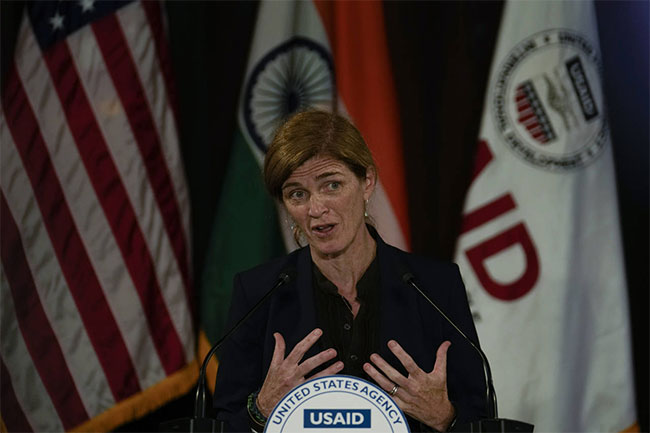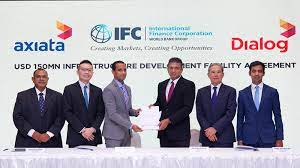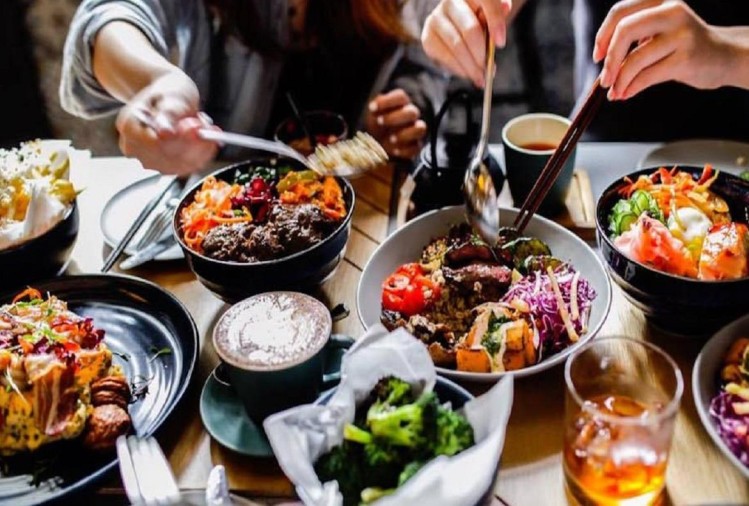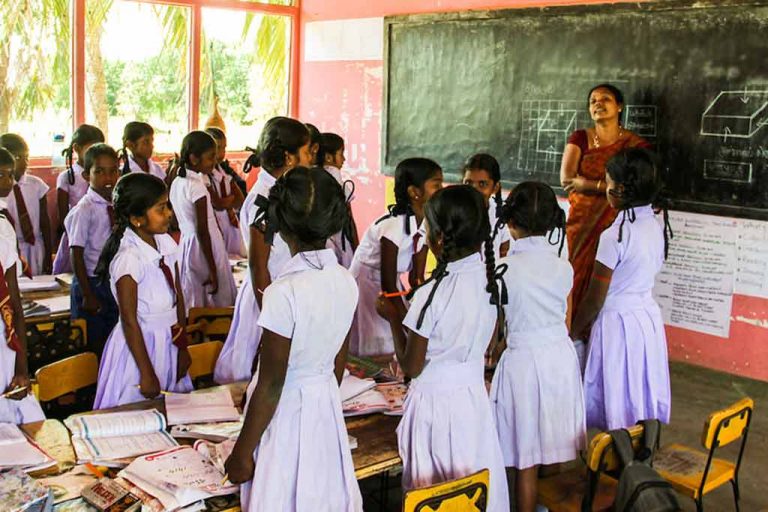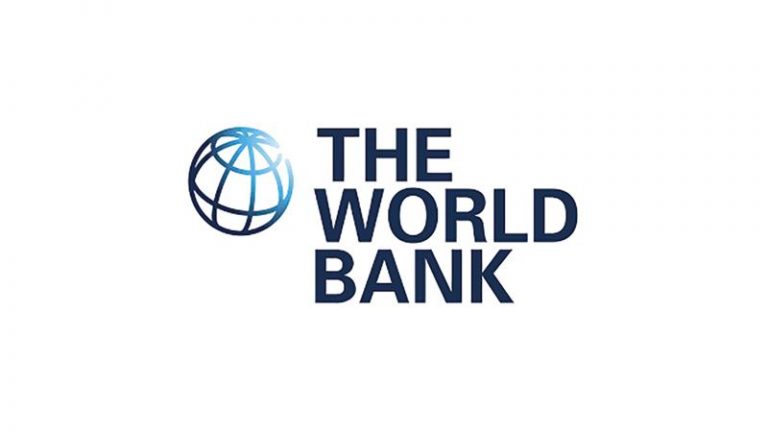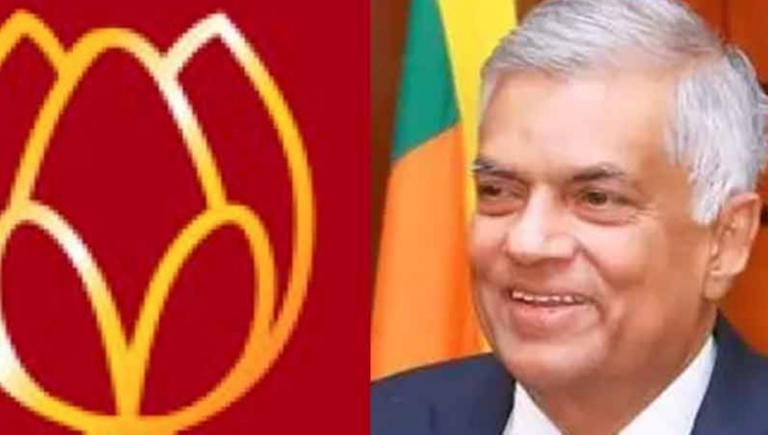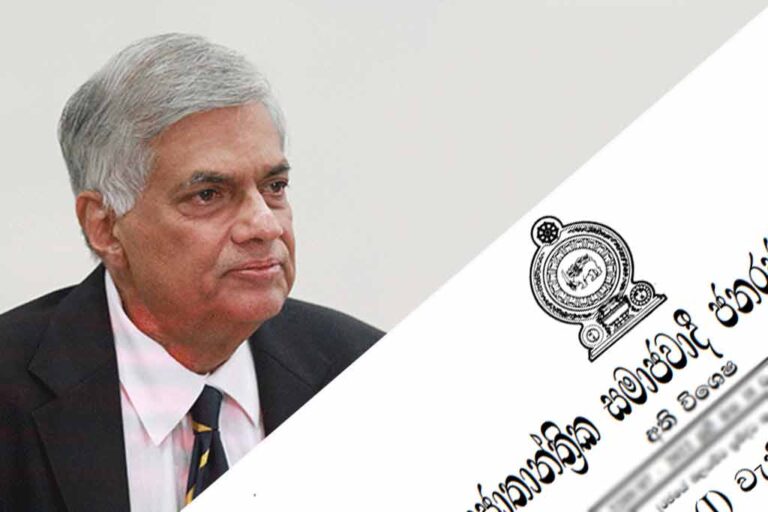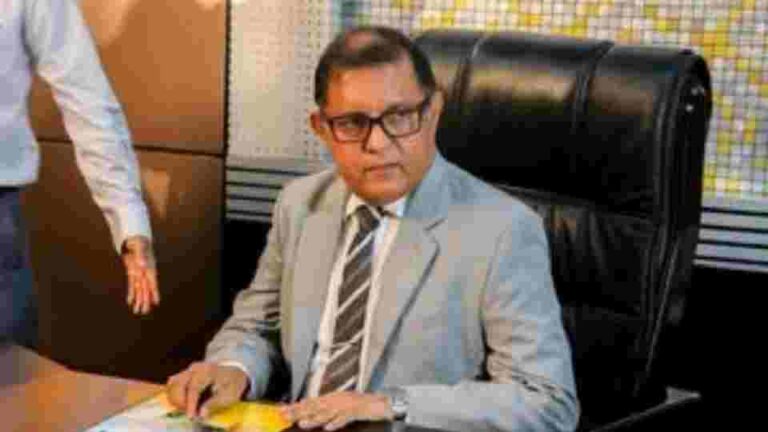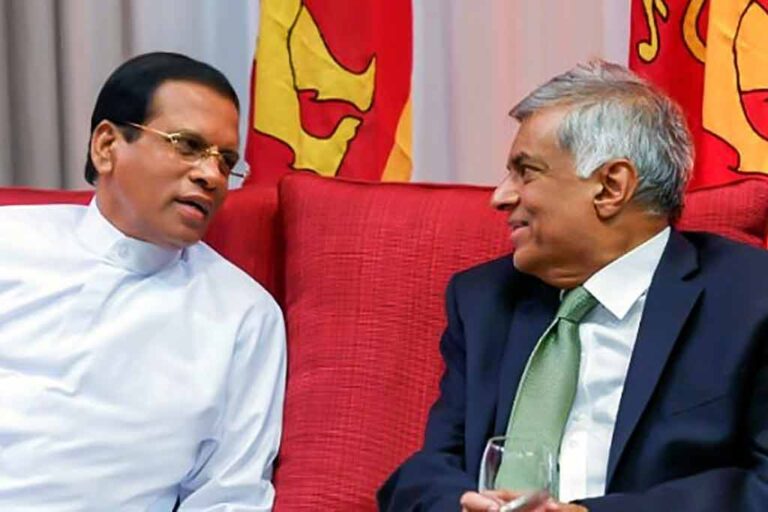Opaque (not transparent) loans for “headline-grabbing” infrastructure projects, were among the factors behind the current crisis that has engulfed Sri Lanka, said Samantha Power, Administrator, United States Agency for International Development (USAID), on Wednesday.
Delivering a speech at the IIT-Delhi, Ms. Power praised India’s “swift” action in response to the emergency in Sri Lanka and argued that India’s strength especially in the field of tackling food security threats, was nurtured over the past seven decades in partnership with the United States.
She said the United States extended $180 million to Sri Lanka in emergency financing in 2022 and praised India for coming to Colombo’s help.
“The Government of India has already supplied $16 million in humanitarian aid to Sri Lanka, it has exported 100,000 tons of organic fertilizer to try to help farmers stave off future food shortages, and it has supplied $3.5 billion in Lines of Credits to the Government of Sri Lanka as it attempts to steer its economy out of default and further collapse she added.
Ms. Power painted a broad canvas of possible partnership between India and the United States based upon Cold War era instances of American support to Delhi, leading up to the launch of the Green Revolution. Ms. Power said India had proved itself capable of helping the “Global South” soon after attaining independence.
The American official met with External Affairs Minister S. Jaishankar and Foreign Secretary Vinay Mohan Kwatra, on Tuesday. She announced that the U.S. will invest $ 25 million in a new partnership with India for promoting agroforestry. “Across these past 75 years, India has always shown itself to be a friend to the world’s poor. Now, when the stakes have rarely been higher, India stands able to be an incredibly impactful development leader. ,” said Ms. Power.
Power sounded a note of caution about the cascading political effect that global food insecurity can have in the coming months. “Sri Lanka’s government was the first to fall. 17 countries are facing (similar) protests,” said Ms. Power
US extends US $180 million to Sri Lanka in emergency financing
IFC provides US$ 150 million to expand SL broadband connectivity
Sri Lanka’s premier connectivity provider, Dialog Axiata PLC (Dialog), is set to expand and improve broadband connectivity across the country with International Finance Corporation’s (IFC) support.
IFC’s loan of up to $150 million will help Dialog expand and improve its network capacity through the upgrading of existing sites and the construction of new 4G sites. Dialog also seeks to increase its fibre optic network footprint and implement upgrades to increase both capacities and efficiencies in core network operations.
As the leading telecommunication services provider in Sri Lanka, Dialog represents over 50 percent of both the mobile and fixed broadband market in the country and is well equipped to effectively expand quality connectivity options to underserved areas in Sri Lanka.
With over 32 million mobile subscribers, Sri Lanka has made substantial progress in terms of penetration of mobile services, with 149 percent mobile penetration versus an average 85 percent of its South Asian peers.
While Sri Lanka ranks amongst the top 20 countries for Broadband affordability, the internet quality and speed has been weak with Sri Lanka ranking 125th globally (among 141 countries) in download speed. This significant quality gap in the market is mainly due to heavy reliance on mobile services for data usage and use of older technologies such as 3G.
Apart from previous debt and equity investments in 2004 and 2007, IFC also helped strengthen the business skills of Dialog’s retail distributors in Sri Lanka, benefitting more than 3,000 small business owners from rural and post conflict regions of the country.
IFC will also ensure that Dialog adopts an enhanced environmental and social management system (ESMS) according to IFC Performance Standards for their mobile network deployment, in line with Dialog’s endeavours of pursuing green connectivity, supporting global climate action goals and achieving net-zero CO2 emission by 2050
Axiata Group has been a key partner for IFC in – Asia – including in Bangladesh – promoting the development of digital infrastructure and digital economy in markets where it operates.
Commenting, Director/Group Chief Executive, Supun Weerasinghe of Dialog Axiata PLC said, that with the support of IFC and Axiata, we are able to initiate this next phase of connectivity infrastructure development in the country and continue our commitment to delivering uninterrupted services and world-class technology to all Sri Lankans and Enterprises.”
.The need to strengthen connectivity and accelerate growth is critical for Sri Lanka now more than ever. with this latest investment, IFC-Dialog Axiata synergy marks yet another significant milestone in the partnership to improve the quality of connectivity for people and businesses across the country,” said IFC Regional Industry Director for Infrastructure Asia and the Pacific Isabel Chatterton.
Over the past decade, IFC committed and mobilised more than $ 6.5 billion in digital infrastructure and services, and more than $ 2 billion over the last two years alone.
In addition to enhancing and enabling digital infrastructure, IFC is helping its portfolio companies to align their environmental and social practices with IFC’s performance standards.
SL hotel sector reduces use of imported items and foreign food in hotels
The Hotels Association of Sri Lanka’s (THASL) Executive meeting members took a bold decision to strongly recommend to reduce consumption of imported goods and services in hotel operations as it is a critical aspect to bring about economic stability in the country.
“Adhering to the request of the Central Bank THASL says the hotel sector in the country has a large role to play in contributing to bring about economic stability.
Traditionally, hotels have been using imported food items and others in their daily use. This now needs to be relooked at in the present context,” THASL President M. Shanthikumar said.
“As much as, in foreign exchange earnings, tourism stood as the second highest forex earner to the country with hotels contributing to most of it. Our main focus has always been to increase forex earnings. Now THASL has gone a step forward to curtail costs,” he added.
“Understanding the present climate and the risk of the country being at the brink of collapse unless consumption is reduced, we felt it is the duty of our sector to take some bold decisions. THASL took a bold decision to recommend to its membership to reduce consumption of imported goods and services with immediate effect.
If a focused approach is taken, the hoteliers feel that this will contribute tremendously to economic recovery.
The standard of most Sri Lankan products is now of very high standards and foreign travellers love to experience the destination including its cuisine apart from the cultural and natural attractions the country has on offer.
“Hoteliers were very vocal about the fact that tourists do not demand imported food items when they stay in hotels. This is a misconception one hotelier stated. In fact, they are more than happy to experience the Sri Lankan flavours,” he said.
In 2018, the registered accommodation sector generated an annual revenue exceeding Rs. 120 billion with a large portion of this coming in as foreign exchange or being converted at the prevalent exchange rates on dollar contracts.
Food and beverage are key elements in a hotel and the need to reduce the use of imported items to reduce dollar outflow has now been identified and THASL is committed to pushing this initiative out to their membership.
Jetwing Group of Hotels Chairman Hiran Cooray said that the entire gamut of the Tourism product should be ‘ uniquely Sri Lankan’.
Having hotels ranging from 3 stars to top end boutique properties earning room rates exceeding $ 500-600 per day, Jetwing Hotels had taken this decision over 8 years ago and today 90% of the products used in Jetwing hotels are produced locally “not a single complaint,” he proudly stated.
Known for its top-end boutique properties across the country, Resplendent Isle Chairman Malik Fernando endorsed the initiative. He stated that Sri Lanka hotels should be bold to be indigenous and be proud to sell our own products.
Tourism earnings amidst turbulent times have recorded exceeding $ 600 million as at end-May. The industry is confident that a peaceful political environment will help drive this figure to a target of an additional $ 1.5 billion by the end of 2022.
A decision to hold schools continuously from next Monday
The Ministry of Education has planned to hold schools from next Monday until the end of November without additional holidays.
Accordingly, the upcoming August vacation has been canceled.
It is planned to cover the missed studies by canceling the holidays and it has been decided to conduct the advanced level examination from November 28 to December 23 after the delayed grade 05 scholarship examination is held on November 27.
It is stated that the university system has planned to hold training sessions for the students appearing in the A-Level examination for 24 main subjects with provincial inter-coordination.
This program is aimed at children who have not been able to do their education properly due to the Corona situation in the country and the current crisis situation in the last two years.
WB will not offer new financing to SL until an adequate macroeconomic policy framework is in place
The World Bank says that it is deeply concerned about the economic crisis that has arisen in Sri Lanka and its impact on the Sri Lankan people.
However, they have announced that no new financial facilities will be provided to Sri Lanka until an adequate macroeconomic policy framework is implemented.
We strongly believe that Ranil will restore the rule of law in the country – Pohottu Secretary
Sagara Kariyawasam, Secretary General of Sri Lanka Podujana Peramuna emphasized that the rule of law must be re-established in this country and he has strong confidence that President Ranil Wickramasinghe will do everything that needs to be done.
Kariyawasam said this while addressing a press conference held at the party headquarters yesterday (28).
Ruwan Wijewardene appointed as a presidential advisor
Ruwan Wijewardena, the deputy leader of the United National Party, has been appointed as the presidential adviser on climate change.
It is said that President Ranil Wickramasinghe has made this appointment to get advice and support for many projects to be implemented covering many areas such as avoiding carbon emissions and the greenhouse effect, implementing renewable energy projects, and building a green economy.
An extraordinary gazette issued by President proroguing the Parliament
A special gazette notice has been issued proroguing the session of the Parliament with effect from midnight yesterday (28).
It was by President Ranil Wickramasinghe.
Accordingly, the new parliamentary term will commence on August 3rd at 10.30 am, according to the gazette announcement.
Senior Counsel Sudarshana Gunawardena appointed as ITN Chairman
Senior Counsel Sudarshana Gunawardena today (28) has been appointed as the Chairman of the Independent Television Network (ITN).
The new ITN Chairman was welcomed by the state-run media body’s General Manager Aruna Wijesinghe and the top management.
Gunawardena’s name was proposed for the said position a few days ago and he previously served as an administrative officer in the Media Sector. He also played an active role in the field during the Good Governance regime.
Gunawardena served as the Director General of Government Information during the Good Governance regime.
He also served as the Chairman of the Sri Lanka Broadcasting Corporation.
MIAP
Sirisena ready to hold talks with RW on all-party government
The Sri Lanka Freedom Party (SLFP) would be ready to negotiate with President Ranil Wickremesinghe on the formation of an all-party government, said former President Maithripala Sirisena, speaking to a briefing held in the Party Headquarters this (28) morning.
Accordingly, a discussion will be held in this regard today at 12 pm noon at the Finance Ministry, the SLFP Leader revealed.
MIAP

